Article 01: Genomics can change the fabric of society
by Bors Hulesch
Captain at brains+cheek
September 2024
A world divided
We live in an increasingly divided world, and it’s not just about our social media algorithms. One only has to look at recent and pending electoral outcomes in the West. These have yielded (or are threatening to yield) unpredictable and surprising results that leave some breathing a sigh of relief, while others groaning in despair. Yet both sides share a sense of uncertainty of how the pendulum will swing:
“Will things finally go our way?”
OR
“How long will things stay in our favour?”
One critical reason for this divided society is the underrepresentation of certain cohorts (such as gender, race, sexual orientation etc.) We can observe this across all aspects of society, but one of the most profound impacts can be seen in how people are treated and cared for within healthcare. After all, this can quite literally be a matter of life and death.
Taking the helicopter view, one major problem is the historical one-size-fits-all approach to clinical trials and medical research. As market researchers, we often witness healthcare professionals’ enthusiasm towards clinical trial data being dampened by the focus on patients from countries other than their own. This is not just a matter of frustrated physicians, because neglecting the right cohorts can lead to misdiagnosing or underdiagnosing various conditions among unrepresented sub-groups, particularly women and ethnic minority communities.
Just to give you one recent example: Addyi (flibanserin) is sold as the female equivalent of Viagra; a treatment for low sex drive in women. The product’s interaction with alcohol has been tested in a clinical trial. Guess what proportion of the trial subjects were women! Go on, have a guess. What’s your number? 100%? That would make sense, wouldn’t it? It’s a drug for women, after all. Well, the actual figure is 8%.
That’s right, 92% of trial subjects
for a women’s drug were men.
Such exclusion of certain groups has been ever-present during drug development. But discrimination is even more apparent at the individual level, with certain patients receiving sub-par treatment compared to others, or being placed fully outside the reach of adequate healthcare provisions.
A particularly worrying and heart-wrenching example of discrepancies in the delivery of healthcare is maternity care for African American women in the U.S. These women are up to four times more likely to die from pregnancy-related complications compared to white women. Why is this? Much of it is down to delayed diagnoses, lack of responsiveness to complaints and symptoms, and overall inadequate prenatal care.
There is also evidence that pain reported by women is more likely to be dismissed, and the pain of women of ethnic minorities especially so.
For instance, a study amongst Parkinson’s sufferers in the UK has shown that white (male) patients were far more likely to receive painkillers than those of African or Asian origin. Parkinson’s patients typically live with severe chronic pain, and they shouldn’t be made to suffer. And yet...
43% of white patients received
strong painkillers, while only 4%
of African and Asian patients
had received the same treatment.
Better representation
through advancements
in genomics
Genomics has come a long way, with scientists now being able to peer through our biological keyhole and identify a whole array of vulnerabilities and health risk factors. As a result, we can now dissect patient populations into more meaningful sub-categories, which allows for targeted therapy. For example, it’s no longer just ‘ovarian cancer’. We can now distinguish between HRD and HRP patient subgroups, leading to differentiated treatments.
In the past, cost and time barriers have made it tricky to put to genomics to good use in healthcare. However, with second and third-generation sequencing technologies, we are now able to process and analyse much larger DNA fragments at a really impressive pace, dramatically cutting processing time as well as cost.
Developments in robotics, such as liquid handling and sample processing are expected to lead to even further reductions in time and cost, eventually giving rise to an opportunity for real-time sequencing and point-of-care applications. This will facilitate rapid diagnostics and monitoring across a wide range of settings.
So how do genomics fit in with improving inequality in healthcare? We shouldn’t expect advancements in genomics to suddenly solve the poor treatment of African American women during their prenatal and postnatal journey. However, it can help to improve how minority groups are represented, for example by identifying ethnic-specific disease risks, or by understanding how different ethnic groups metabolize certain drugs.
As genomic technology progresses further, we can envisage a near future where ethnicity becomes less relevant. Treatment decision-making will increasingly happen at a genetic level, thereby democratising healthcare services.
It won’t matter if you’re
black or white, it’ll all be down
to what biomarker you have!
Healthcare can do more than just mend broken bodies and prevent illness. With emerging genomics technology, it can empower us to build social cohesion and inclusion, by ensuring that effective and fair diagnosis and treatment is available to all, regardless of their gender, ethnicity or any other minority status. Genomic healthcare can help all members of society to feel equally included, heard and cared for.
And that’s something to celebrate and look forward to!
P.S. If this article has sparked your interest, check out the DE&I section on the #BHBIA website:
https://www.bhbia.org.uk/resources/diversity-equity-inclusion
References:
https://movementdisorders.onlinelibrary.wiley.com/doi/full/10.1002/mdc3.13430
https://medicine.yale.edu/news-article/a-drug-for-women-tested-on-men/
want to continue reading? choose another article from our ever growing list
-
We live in an increasingly divided world, and it’s not just about our social media algorithms. One only has to look at recent and pending electoral outcomes in the West. These have yielded (or are threatening to yield) unpredictable and surprising results that leave some breathing a sigh of relief, while others groaning in despair. Yet both sides share a sense of uncertainty of how the pendulum will swing: “Will things finally go our way?” or “How long will things stay in our favour?”
Read full article → -
If you were born in the 90’s or before, you’ll likely remember dreaming about the kinds of technologies the future might bring, most certainly starting your sentence with “will we ever…” or “imagine if…”. Today, it’s less a matter of ‘if’ and more ‘when’…
Read full article → -
Go back far enough in history, to the times before hospitals were the norm, and you will find that the point of diagnosis and care was the patient’s home. For the past 200 years or so, for the more serious illnesses, this has shifted to hospitals. But the trend is reversing, and today, patients themselves are increasingly becoming the point of diagnostics again, with the spread of portable diagnostic devices.
Read full article → -
Growing up, robot action movies were part of my staple diet. Remember Robocop? The Terminator series? Especially Part 2; the sequel to end all sequels, where T-800 slugs it out with T-1000? What about Van Damme’s Cyborg? Yeah, I’d forgotten about that one too, but as a kid, I used to love the gore!
Read full article → -
The Internet of Tiny Things is improving healthcare in rural Africa. Are you aware of IoT? The Internet of Things? You should be, because it’s a revolution.
Read full article → -
Stay tuned…


